Matter of perspective
International mine financier shares outsider view of Alaska mining sector
Last updated 1/25/2018 at 4:48pm
Alaska’s mining sector is in a global competition for mining investment, making it critical for the state to tout its strengths and address its weakness if it wants to attract the capital needed to expand the industry.
During a presentation at the Alaska Miners Association fall convention, Doug Silver, a portfolio manager for Orion Mine Finance, provided an international financier’s perspective of Alaska mining sector’s strengths and where it could be doing better.
“I have the privilege of working in the world of international mine finance, and my firm puts up construction capital for metal mining companies,” Silver said. “I want to give you a perspective of Alaska from my view.”
From his office in Denver, Colorado, Silver sees a number of advantages for Alaska in the international battle for mining dollars but says the state has a couple of hurdles to overcome in order to make mine financiers comfortable with putting up the hundreds of millions of dollars needed to build a large mine here.
Alaska advantages
Silver, who entered the mining world as a geologist more than 30 years ago, placed Alaska’s world-class mineral endowment at the top of his list of Alaska’s strengths in terms of drawing mining investment to the Far North state.
While not spending too much time delving into Alaska’s well documented minerals potential, the mine financier did note the state’s abundant base metals, commodities that are expected to increase in value over the coming years.
“For those of you that have copper, zinc and nickel, the future is very rosy indeed,” he said.
Alaska’s lack of an income tax is another attractive quality that helps make mining in Alaska more competitive in the eyes of investors.
Besides its minerals wealth, Silver said natural resources being an integral part of Alaska’s culture and the resident’s general favorable view of mining are other significant advantages Alaska has over its contemporaries.
“Which is critical, this is what the Lower 48 does not have,” he said.
Alaska Native advantage
Silver sees the Alaska Native Claims Settlement Act and the resulting Alaska Native corporations as another Alaska advantage.
“This is an edge Alaska has,” he said of Alaska Natives’ well organized and straightforward business approach to mining.
He said, however, this favorable view is not widely shared by the international finance community due in part to the reputation of First Nations groups in neighboring Canada.
“Canada’s Indigenous People are always doing things that are not necessarily helping business,” Silver said.
He said small bands of First Nation peoples in Canada have derailed major mining projects, which adds risk for firms looking to invest in mines.
“We can’t have to go through nine different levels of First Nations approvals to want to invest somewhere,” the mine financier explained.
Silver said many of his contemporaries have the unfounded view that Alaska has similar issues.
“The Native corporations here have been cast in the context of the Canadian First Nations,” he said.
“You have an entirely different business structure and it is one, in my opinion, that works a hell of a lot better,” he added.
The portfolio manager suggested that Alaska and its Native corporations need to do more to market the unique opportunity of doing business with Alaska’s First People.
“It is not that the corporations are tough, it is the corporations aren’t differentiating themselves from their Canadian counterparts, who are setting the perception about what it is like to work with Native corporations,” he said.
Two weaknesses
When it comes to attracting mining dollars, Silver said Alaska mining has two weaknesses – sparse infrastructure and the controversy surrounding the Pebble Mine project in Southwest Alaska.
From a financial perspective, infrastructure is a major factor for a mine investor trying to pencil out development and operations costs versus a potential return.
“Don’t underestimate infrastructure – it is absolutely huge when we make decisions about where we want to invest,” he said.
Silver said Canadian governments do a much better job at developing the infrastructure needed to attract mining investments.
For example, Quebec is investing heavily into Plan Nord, a major infrastructure project aimed at supporting the natural resources extraction sector in the northern reaches of the province.
This 25-year plan is expected to foster more than C$80 billion in energy, mining and forestry investments and result in some 20,000 jobs a year for the duration.
Silver said the Northwest Transmission Line, an industrial-grade power line that runs through the Golden Triangle region of northwestern British Columbia is another example of a Canadian jurisdiction’s commitment to mining infrastructure.
“In B.C., they put at C$700 million powerline up through the center of the province so they could drop the (electrical) costs from C90 cents per kilowatt-hour to C15 cents,” he said. “You don’t think that makes them competitive?”
The mine investor said the lack of access in Alaska is something the government should address.
“There is no question this is an issue, and it is an issue that is easy to fix – build roads, build bridges,” Silver said.
“This is what governments are supposed to do,” he added.
Silver said the bad publicity surrounding Pebble causes second thoughts in the minds of investors who are weighing the risks of investing in Alaska mining.
“Pebble is causing more image problems and media problems for Alaska than anything else and it needs to be fixed,” he said.
Silver said it does not matter so much to the investment community what is decided on Pebble as long as the issue is resolved by the people who live here.
“I think Alaskans should figure out whether they want Pebble – not the federal government and not the international investment community,” he said.
Nothing to do with Alaska
While Silver gives Alaska a pretty good grade overall, he cautions the next wave of mining investments could be slow coming.
The mine finance manager said this measured flow has “nothing to do with Alaska,” but is a product of a more cautious approach by global mining companies and banks.”
“Big projects are very difficult to fund – they are difficult to fund because major mining companies don’t want them, the big banks are gone and there’s a very limited amount of capital,” Silver explained.
Despite this, mining investments are on the rise.
“Money is starting flow in again, it started last year and continues to get better,” he said.
Silver said the view of Alaska as place to invest in mines is mostly favorable from his office in Denver but the Far North state is in a tough competition for limited dollars currently being invested around the world.



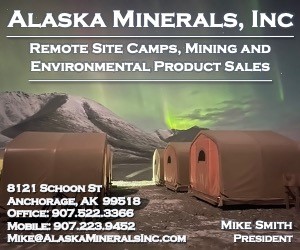

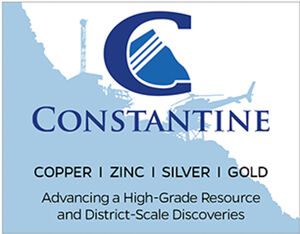
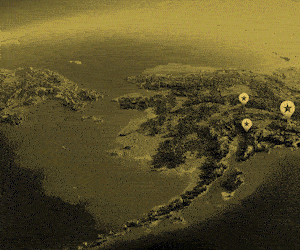
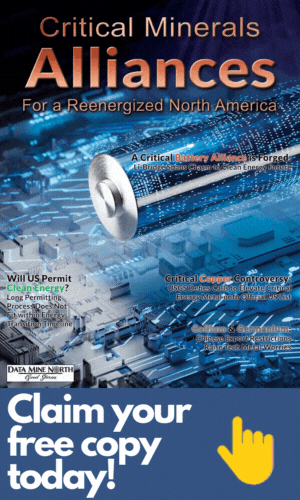
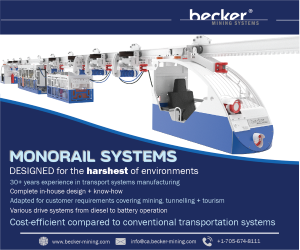
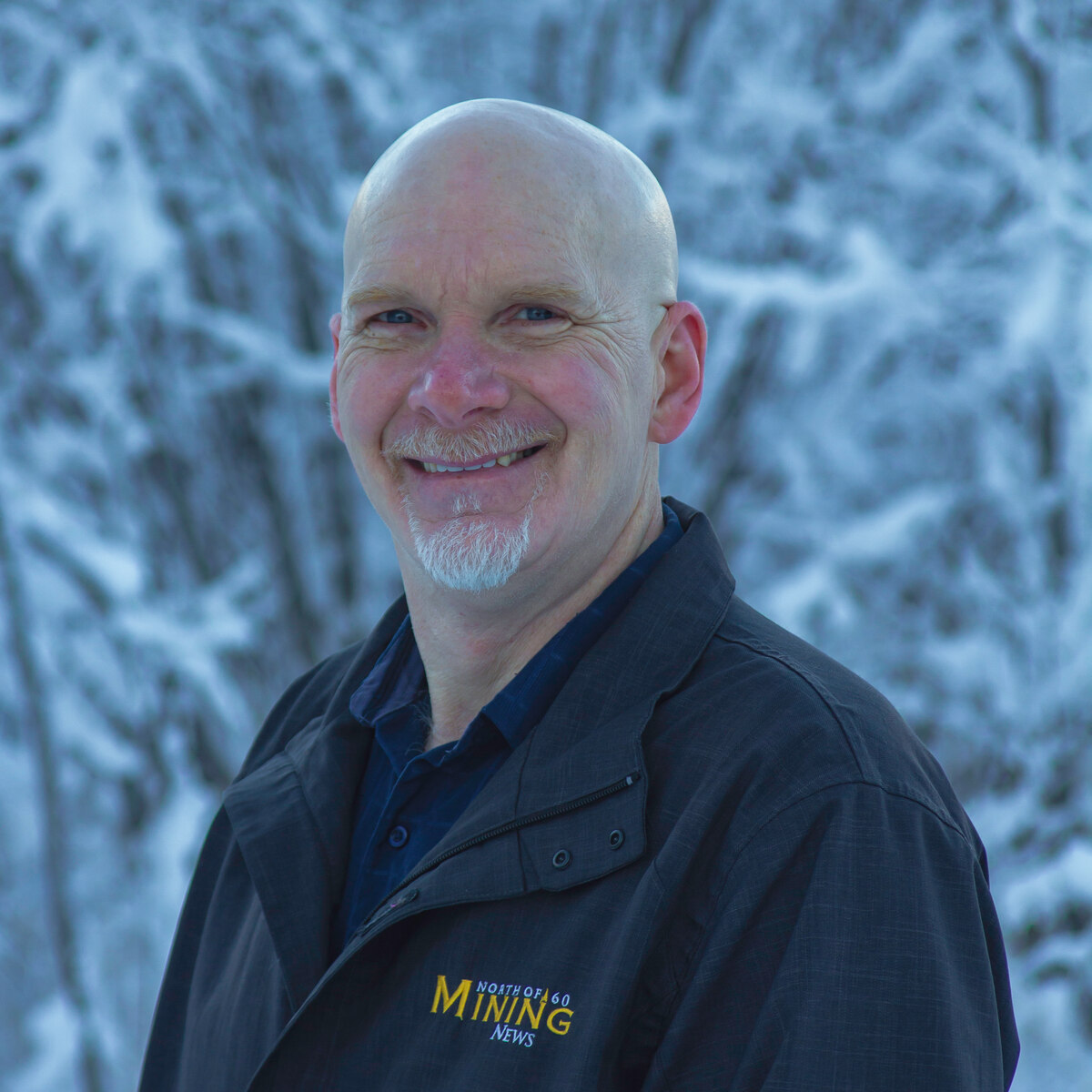
Reader Comments(0)